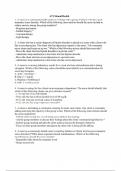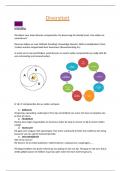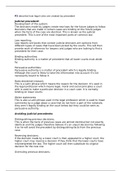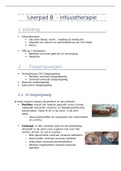Antwoorden
Answers to exam questions
My elaborate answers to the exam questions that were homework for the work groups. They have been edited and corrected in the discussions in the work groups. Now, they are excellent study material for the exam.
[Meer zien]













